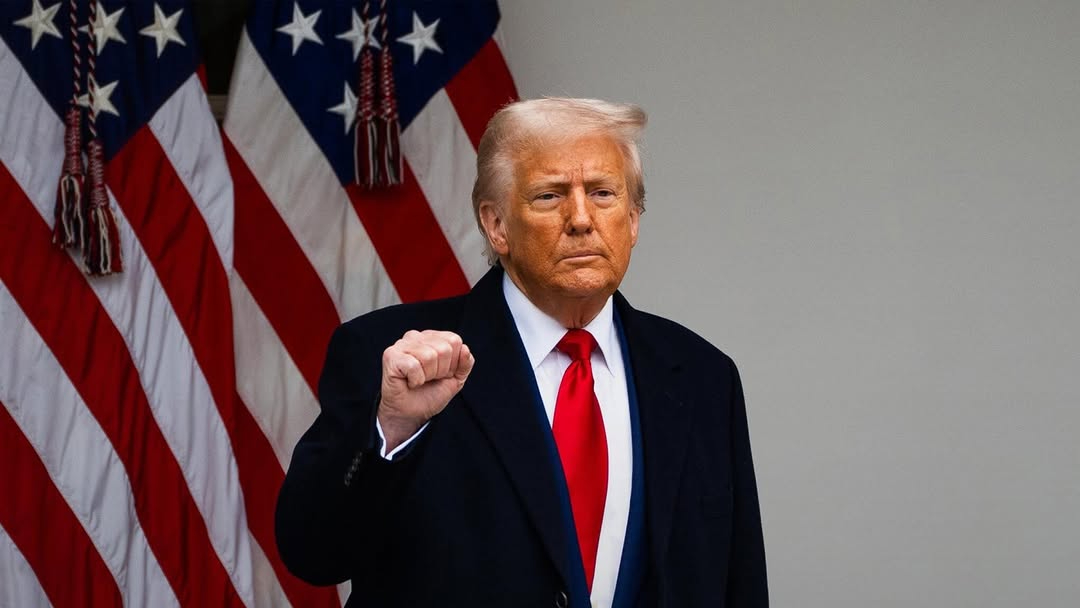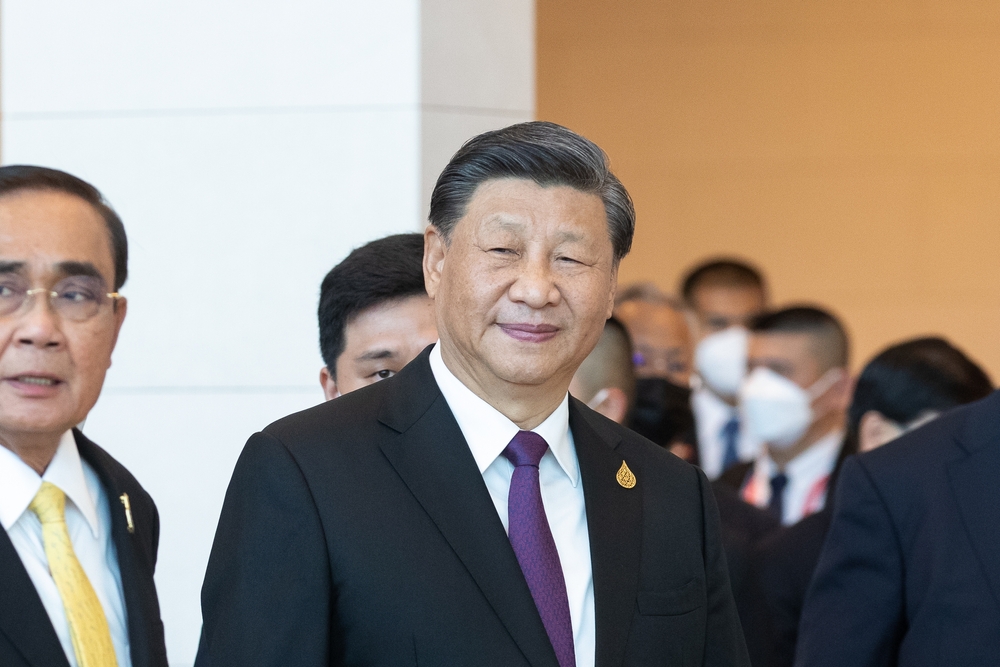China Strikes Back: How Tariffs on U.S. Goods Could Spark Global Chaos
In a dramatic escalation of the ongoing trade war, China has fired back with a series of retaliatory tariffs targeting U.S. goods. As tensions between the two economic giants reach a boiling point, these tariffs threaten to shake the very foundations of global trade. The impact of these tariffs could ripple through supply chains, industries, and markets across the world, making one thing clear: the stakes have never been higher.
The Cause of the Clash
The U.S. imposed tariffs on Chinese goods, accusing China of unfair trade practices, intellectual property theft, and currency manipulation. In response, China is now retaliating with tariffs of its own, targeting a wide range of American exports—everything from electronics and agricultural products to luxury goods and automobiles. The trade war, which started with a series of tit-for-tat measures, is now reaching unprecedented levels, with both countries doubling down on their positions.

A Global Economic Time Bomb
The consequences of these tariffs are not limited to just the U.S. and China. With both nations being central to the global economy, the ripple effects are being felt across continents. Global markets are already reacting to the uncertainty surrounding the trade dispute, with stock prices plunging and the value of currencies fluctuating. Companies that rely on cross-border supply chains are facing price hikes and logistical nightmares. The world’s economic stability could be at risk if the dispute drags on or intensifies.
China's move to slap tariffs on U.S. goods is likely to increase costs for consumers globally, especially in sectors like technology, manufacturing, and agriculture. For instance, American farmers, already struggling with the fallout of the trade war, could face even more difficulty in exporting products like soybeans, corn, and pork to China. At the same time, industries like tech are bracing for the potential disruption of supply chains, as Chinese tariffs target crucial components like semiconductors and electronics.
Related: Trump’s Tariff Trap: Why He’s Still Bullying China
Related: Trump's Tariff Tsunami: Asia Crashes, Europe Reels, Markets Panic
The Bigger Picture: A Battle for Global Supremacy
This isn’t just about trade—it’s a battle for global economic supremacy. Both the U.S. and China are looking to assert their dominance in a shifting world order. The U.S. sees China’s rise as a threat to its position as the world’s leading superpower, while China is determined to secure its place as the undisputed leader of the global economy. The tariffs, in this context, are more than just economic tools—they are weapons in a larger geopolitical struggle.
For China, these tariffs are a way to send a clear message: if the U.S. continues to target China’s economic interests, Beijing will retaliate with force. While China has traditionally relied on manufacturing exports, it has also become a dominant player in high-tech industries, and its growing consumer market offers a strategic advantage. With these tariffs, China is signaling that it’s ready to defend its economic position—and potentially reshape global trade in its favor.

What’s Next? The Threat of Escalation
While both countries have made attempts at negotiating a truce in the past, the chances of a lasting resolution now seem uncertain. The tariffs have only increased in scope, and there’s no sign that either side is willing to back down. If anything, both nations seem poised to intensify their tactics, with additional rounds of tariffs and counter-tariffs becoming increasingly likely.
The global community is left to wonder: will this escalating trade war lead to a full-blown economic crisis? As the U.S. and China continue to clash over tariffs, the world watches with bated breath, unsure of where this conflict will lead. What is clear, however, is that the fallout from this trade war will continue to reverberate for years to come—affecting everyone from consumers to entire economies.
As China retaliates with tariffs on U.S. goods, the world faces a new economic reality. The trade war is no longer just a regional conflict between two nations—it’s a global issue that threatens to disrupt the very fabric of international trade. Only time will tell how this high-stakes battle will unfold, but one thing is certain: the global economic landscape will never be the same.









